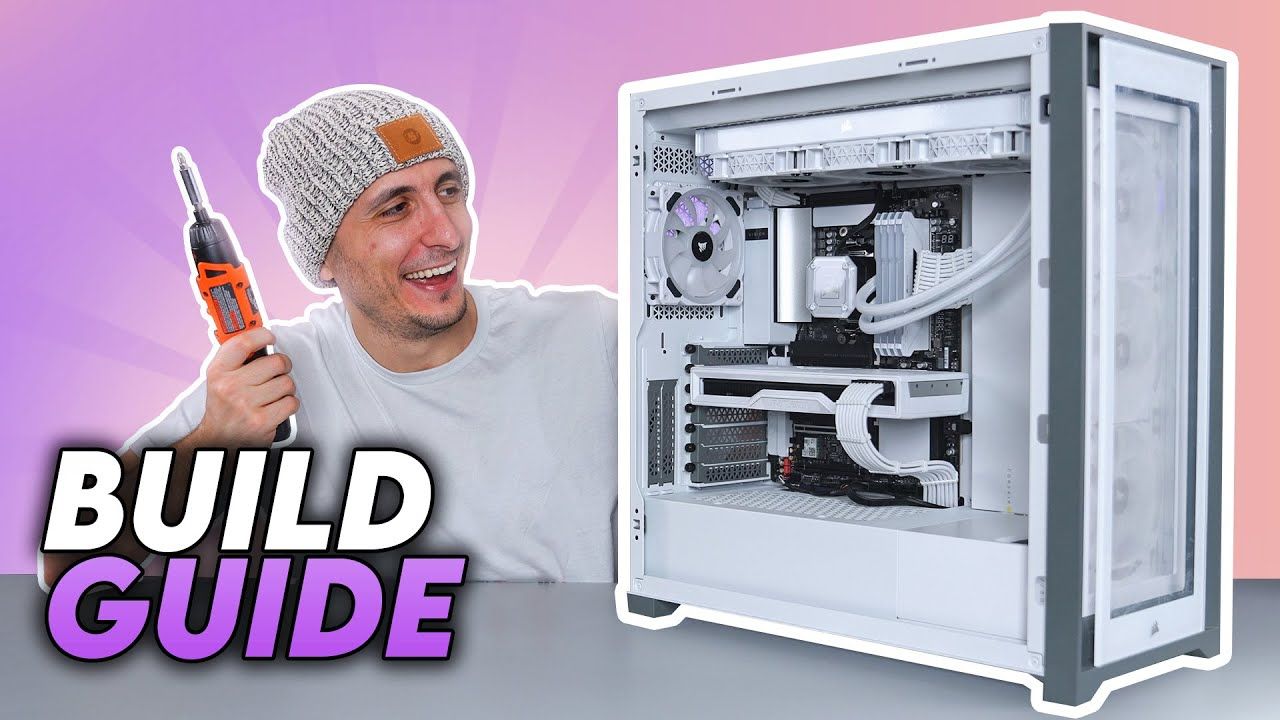Building your own gaming PC can be a rewarding experience that allows you to customize your setup to fit your needs and budget. Whether you’re a seasoned gamer looking to upgrade your rig or a newbie looking to get into PC gaming, this step-by-step guide will help you build your very own gaming PC from scratch.
1. Set a Budget and Gather Your Parts
Before you start building your gaming PC, you’ll need to set a budget and gather all the necessary parts. Consider factors like your gaming needs, future upgradeability, and aesthetics when selecting your components. Here are the essential parts you’ll need:
Processor (CPU)
Graphics Card (GPU)
Motherboard
Memory (RAM)
Storage (SSD/HDD)
Power Supply Unit (PSU)
PC Case
Cooling System (Fans/Heatsinks)
2. Prepare Your Workspace
Before you start building your gaming PC, make sure you have a clean and well-lit workspace with plenty of room to work. Gather all your tools, such as screwdrivers, cable ties, and thermal paste, to make the process smoother.
3. Install the CPU and Cooler
Start by installing the CPU onto the motherboard’s socket and apply thermal paste before attaching the cooler. Make sure to follow the manufacturer’s instructions for the CPU and cooler installation to avoid damaging your components.
4. Install Memory (RAM)
Insert your RAM sticks into the motherboard’s memory slots, making sure they click into place. Refer to your motherboard’s manual for the correct configuration for your RAM sticks.
5. Install the Graphics Card (GPU)
Slot your graphics card into the PCIe slot on the motherboard and secure it with screws. Connect the necessary power cables from the power supply unit to the GPU to provide power.
6. Install Storage (SSD/HDD)
Mount your storage drives (SSD/HDD) into the drive bays in your PC case and connect the necessary cables to the motherboard and power supply unit. Make sure to secure the drives in place to prevent any movement during use.
7. Connect Cables and Power Supply
Connect all necessary cables from the power supply unit to the motherboard, GPU, drives, and case fans. Make sure all connections are secure to prevent any power issues or malfunctions.
8. Cable Management and Final Touches
Organize your cables using cable ties and routing them neatly to improve airflow and aesthetics in your PC case. Close up your PC case and power on your system to ensure everything is working correctly.
9. Install Operating System and Drivers
Install your preferred operating system (Windows, Linux, etc.) onto your gaming PC and download the necessary drivers for your components from the manufacturer’s website. Make sure to update your drivers regularly to optimize your PC’s performance.
10. Test and Enjoy Your Gaming PC
Once you’ve completed building your gaming PC, run stress tests and benchmarking software to ensure everything is running smoothly. Install your favorite games and enjoy the immersive experience of gaming on a PC you’ve built yourself.
By following this step-by-step guide, you can build your own gaming PC and tailor it to your gaming preferences and needs. Building a gaming PC is a fun and rewarding process that allows you to create a personalized gaming setup that fits your style and budget.

